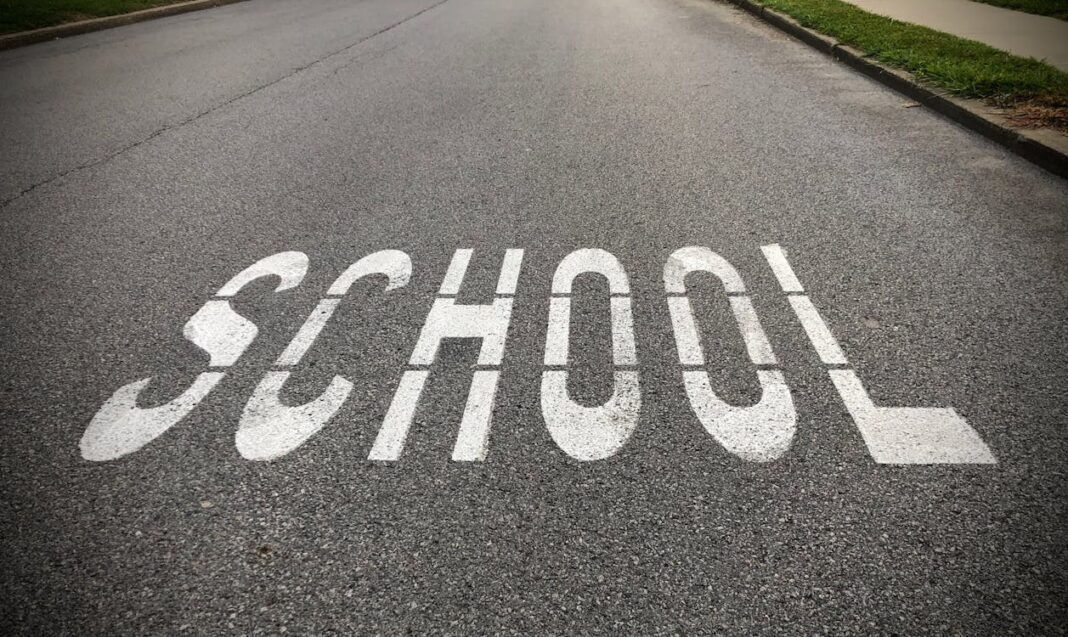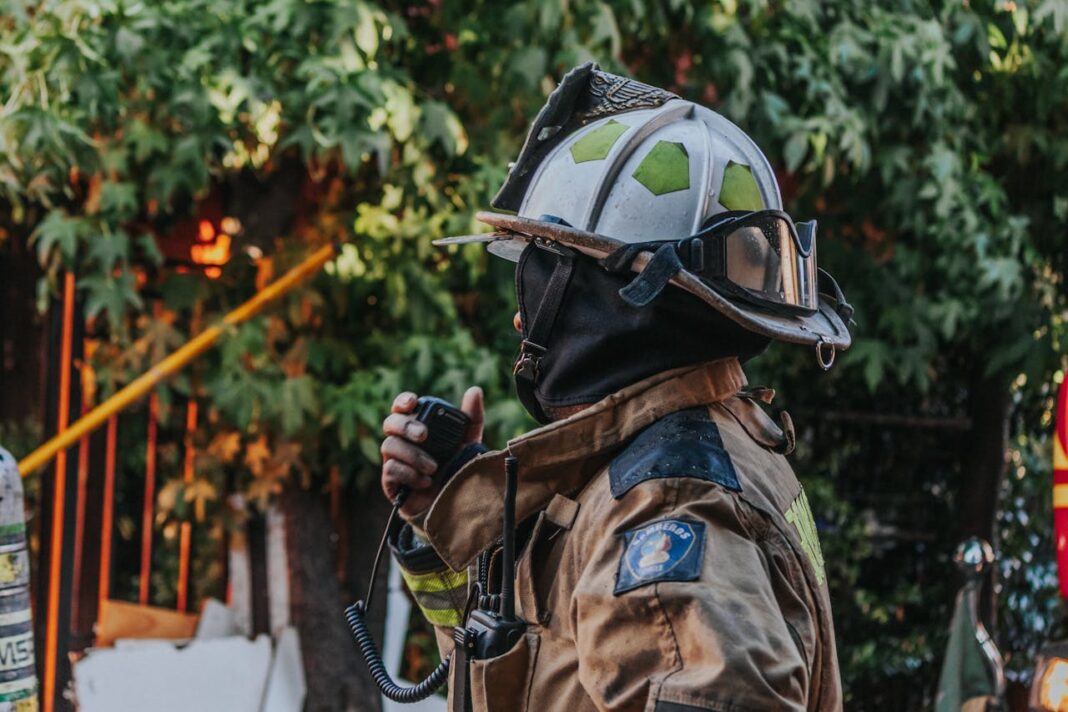There’s always an influx of young pedestrians and increased vehicular traffic during drop-off and pick-up times near schools. This demands heightened vigilance and strategic planning to mitigate the risks of accidents around these areas.
According to The New York Times, the number of auto accidents in the US has gone up since the COVID-19 pandemic. Car accidents and crashes near school zones have also become common in recent times. This situation puts the lives of children, parents, and other pedestrians at great risk.
The situation in some US states is far worse than in others. For instance, as reported by CBS News, school zones in Pennsylvania have some of the highest car crash rates in the country. As per the study this report is based on, Pennsylvania holds the fifth position in the US for its crash rate within school zones.
That being said, the responsibility for road safety in these school areas falls on various stakeholders, including parents, drivers, and pedestrians themselves. However, local authorities play a pivotal role in implementing measures to safeguard the lives of children.
Here are a few actionable strategies authorities can adopt to ensure better road safety in front of schools.
Implementing Traffic Calming Measures
Authorities can deploy a variety of traffic calming measures to reduce vehicle speeds and promote safer driving behaviors in school zones. Installing speed bumps, raised crosswalks, and rumble strips effectively slow down vehicles, giving pedestrians, particularly children, more time to safely cross the road.
Additionally, strategically placed signage indicating reduced speed limits and flashing lights during school hours serve as visual cues for drivers to exercise caution.
Establishing School Zone Safety Patrols
The presence of dedicated safety patrols comprising trained personnel can significantly enhance road safety in front of schools. These patrols can consist of crossing guards stationed at key intersections to assist pedestrians in crossing safely.
Moreover, assigning traffic police officers to monitor school zones during peak hours helps deter reckless driving behaviors and ensures adherence to traffic regulations. Through proactive engagement and enforcement, safety patrols contribute to a culture of accountability and compliance with road safety protocols.
Recently, KKTV reported that several students were injured in a car crash outside a school in Colorado Springs. Despite having strict school zone protocols in place, accidents have taken place in this area frequently.
Each of these students is likely going to team up with a Colorado Springs auto accident attorney or personal injury lawyer. They will then file the car accident claims accordingly.
According to Springs Law Group, such personal injury victims are entitled to compensation for their medical bills and other losses. However, had there been additional patrols, such accidents wouldn’t have taken place at all. Thus, lawyers wouldn’t have any need to get involved in the first place.
Enhancing Pedestrian Infrastructure
Investing in pedestrian infrastructure upgrades is instrumental in creating a conducive environment for safe walking and cycling to school. Authorities can prioritize the construction of sidewalks separated from vehicular traffic, designated pedestrian crossings with pedestrian-activated signals, and well-maintained footpaths leading to school entrances.
Furthermore, installing bike lanes and secure bike racks encourages alternative modes of transportation, reducing congestion and promoting physical activity among students.
Investing in Technological Solutions
Embracing technology presents opportunities to augment traditional road safety measures and enhance efficiency in monitoring and managing traffic flow around schools.
Authorities can deploy smart traffic management systems equipped with sensors and cameras to detect speeding vehicles, analyze traffic patterns, and optimize signal timings. Also, implementing intelligent transportation systems that provide real-time traffic updates and alerts to drivers can help mitigate congestion and reduce the likelihood of accidents.
Leveraging technology not only improves the effectiveness of road safety initiatives but also demonstrates a commitment to innovation in safeguarding public welfare.
Frequently Asked Questions (FAQs)
What should schools do to handle road traffic in school zones?
Schools should implement designated drop-off and pick-up zones to streamline traffic flow. Additionally, they should collaborate with local authorities to enforce speed limits and ensure pedestrian safety measures, such as crosswalks, are in place.
How can parents ensure efficient and safe pick-ups and drop-offs in school zones?
Parents can plan ahead by arriving early and familiarizing themselves with the school’s traffic procedures. They should follow designated drop-off and pick-up routes and avoid double parking or stopping in no-parking zones. It’s crucial to prioritize safety by adhering to speed limits and watching for pedestrians.
Why should all school zones have dedicated personnel or volunteers to handle road traffic?
Having dedicated personnel or volunteers in school zones can greatly enhance traffic management and ensure the safety of students. Their presence can help enforce traffic rules, guide vehicles, and assist pedestrians, especially during peak hours.
In conclusion, ensuring better road safety in front of schools demands an approach that combines infrastructure enhancements, enforcement efforts, community engagement, and technological advancements. By addressing the challenges posed by school zones, authorities can create safer environments where students can safely travel to and from school.
Prioritizing road safety not only protects lives. It also fosters a sense of security and well-being within the community, laying the groundwork for a brighter, safer future for generations to come.


